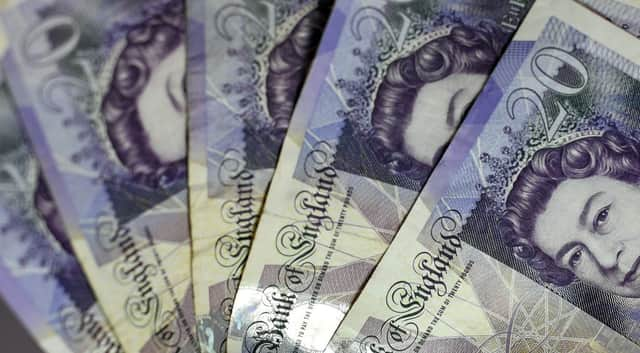The date when old £20 and £50 paper notes will no longer be accepted


The Bank of England has issued a warning over paper banknotes which are currently still in circulation.
Over £19 billion worth of the notes are still used but from autumn they will be not accepted as a form of payment.
Advertisement
Hide AdAdvertisement
Hide AdThe old style of £20 and £50 will be redundant from 30 September in an attempt to tackle fake money.
How long will paper notes be accepted for?
The Bank of England will continue to swap old notes for their face value, but people are being warned to use up the 775 million paper notes before 30 September 2022.
Also in circulation are £105million old one pound coins, five years since losing their tender status, according to the Royal Mint.
Details of the cash still in circulation or hiding in homes was revealed in a Freedom of Information request by BBC Wales.
Advertisement
Hide AdAdvertisement
Hide AdThe round £1 coin was demonetised at midnight on 15 October 2017 and replaced by an alleged counterfeit-proof five-sided version.
Of the 1.6billion £1 coins returned to the Mint, about 1.45million were found to be counterfeited.
The old version of the coin can still be deposited at high street banks - but should not be spent in shops.
The Bank's entire collection of currently-printed banknotes is made of plastic as the polymer £50 note, featuring the portrait of Alan Turing, entered circulation on 23 June 2021.
Advertisement
Hide AdAdvertisement
Hide AdA spokeswoman explained that "all genuine Bank of England banknotes that have been withdrawn from circulation retain their face value for all time".
A version of this article originally appeared on NationalWorld.com